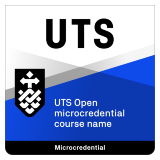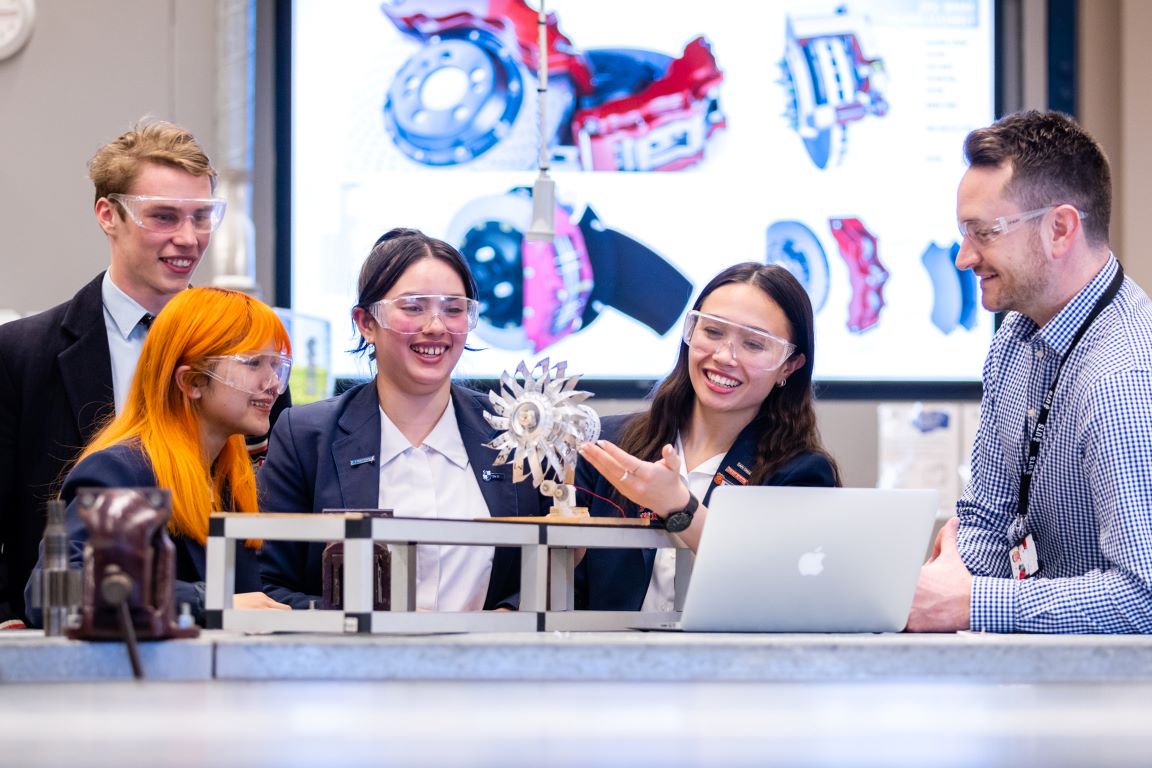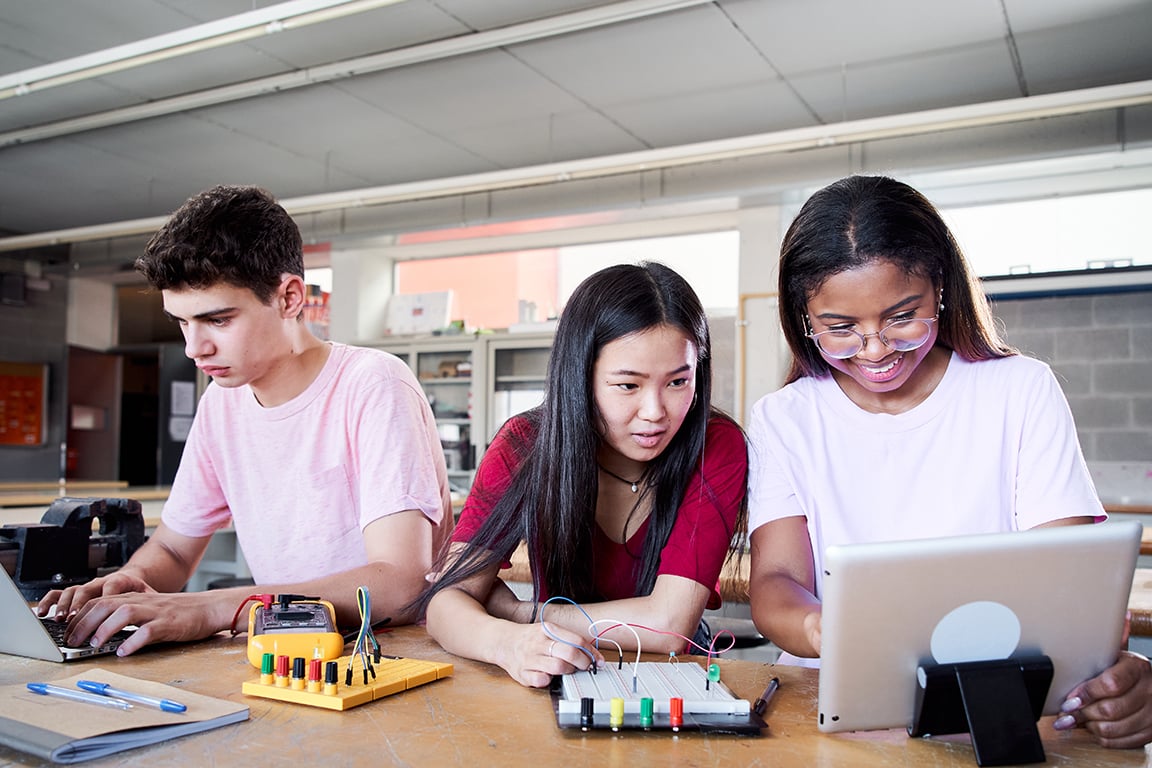The following content will be covered during the microcredential:
Module 1: Introduction to Cobots
The first module introduces the fundamentals of robots and cobots, their operation within industry systems and support understanding of their product specifications.
Module 2: Cobot Safety and Ethics
Module 2 explores safety considerations of cobots. It will briefly introduce risks when using robots and safety operating procedures.
Module 3: Programming Cobots
In this module, you learn the basics of cobot programming, explore different motion types and dive into programming by demonstration.
Module 4: Hands on with Cobots
In this module, you have the opportunity to come into the robotics lab at UTS to program a cobot arm to perform a specific task.















